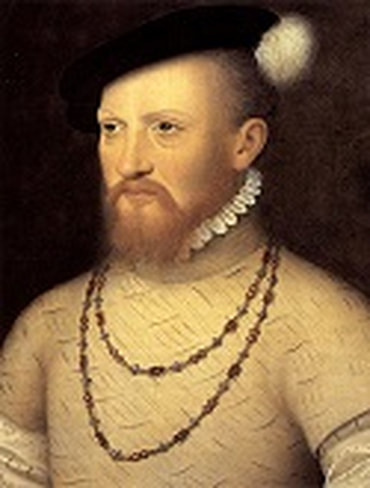Henry VIII, the Reign
Part Forty - Nine
Henry Is Married to Katherine Parr
Invasion of France and
Control of the Strait of Dover
 Edward Seymour
Edward Seymour
|
Henry VIII, the Reign.
|
Henry VIII, the Reign.
|